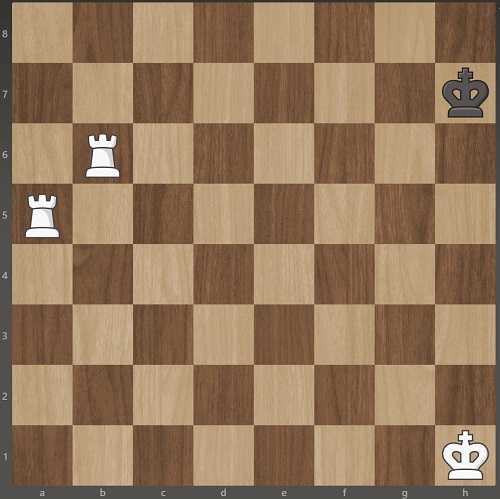Kill the King
A web app that calculates forced checkmates in a chess position
- 🌐 https://killtheking.netlify.app
- https://github.com/kael89/kill-the-king
- https://github.com/kael89/checkmate-finder
Background
I was always fascinated by the idea of building a chess related app. I do play chess casually, and being able to acurately describe the game in abstract terms seems an exciting design challenge. The huge, (but not infinite![1]) number of possible positions adds a spicy performance touch in the mix.
I was mainly interested in the deterministic side of the game, were I wouldn't have to delve into the depths of AI and statistics. Checkmate analysis is a great candidate since
- Checkmating is the objective goal of the game
- There is a plethora of
checkmate in N movespuzzles where the app could find a practical use
The goal of the app is finding all moves that result in a forced checkmate for a given position and depth.
A forced checkmate occurs when the attacking player can checkmate for every possible move of their opponent.
Its depth is the maximum number of moves the opponent can make before a checkmate occurs.
Let's assume that white plays first in the above position. Ra7 results to a forced checkmate (and effectively wins the game), since
- if black plays
Kg8, white can playRb8=> checkmate - if black plays
Kg7, white can playRb8=> checkmate
Implementation
There are two aspects of the implementation that particularly interested me:
- Describing the board and pieces using Object Oriented Programming
- Using a fast and accurate algorithm to allow for bigger move depth analysis
There are incredible chess engines out there that I could use to my advantage. I decided to "reinvent the wheel" here for the fun and knowledge that comes out of discovery. Describing the relationships between each piece and the board proved to be a great class design exercise. The next step would be investigate ways to improve the performance and allow for a maximum move depth.
Back-end
The language of choice is Java 8, which offered me a good balance between familiarity of syntax and performance. Interesting aspects of the implementation include
- A fluent interface approach in the Traverser class, which is responsible for moving pieces around
- Good unit testing coverage with the usage of JUnit 5 and Mockito
- (De)serializing objects to/from
jsonusing Jackson, for easier front-end integration
Front-end
The usual suspects React.js and Redux.js form the front-end core. I chose Material-UI for styling/components, and I have to say it provides a great developer experience. React DnD proved handy for moving pieces around the board.
I used Cypress for my first attempt to automated end-to-end tests. I got a great impression out of it: it is a modern tool, with great documentation and a plethora of best practice guidelines and tips. I also found the Cypress courses in https://egghead.io very helpful.
Deployment
Kill the King is fully deployed in AWS:
- The front-end is deployed in S3 buckets
- The back-end is exposed via lambda functions
- The CI/CD pipeline is built on CircleCI, and executes linting checks, unit tests and end-to-end tests
Future Improvements 🚀
- Make the app mobile friendly
- Increase the maximum analysis depth
- Simplify the UX and add more options (undo/redo buttons, save results etc.)
[1] How many chess games are possible?, YouTube video about the Shannon number (spoiler: at least 10120 😲 )
